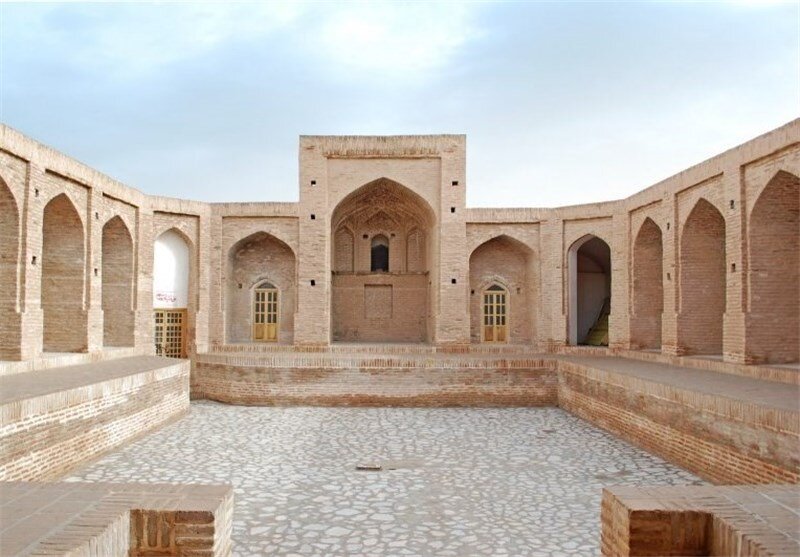Safavid-era caravanserai to turn into tourism complex

TEHRAN –The first round of restoration work has recently been completed on a Shah Abbasi caravanserai in Eyvanekey, Garmsar county, to turn the inn into a tourism complex.
The Safavid-era (1501–1736) caravanserai is planned to turn into a tourism complex with accommodation centers and restaurants after being fully restored, Garmsar’s tourism chief has said.
A budget of 60 billion rials ($1.4 million at the official exchange rate of 42,000 rials per dollar) has been allocated to the project, which is being carried out by the private sector, Mahvash Kamali announced on Wednesday.
Caravanserai has four iwans (porches) and a unique entrance, making it one of the most beautiful historical structures in the area, the official added.
There are 24 rooms and two Shahneshin (large rooms) on the east and west sides of the building, which is constructed from clay, mud, brick, and stone, she explained.
The famed Safavid king, Shah Abbas I (1571-1629), is credited with building a network of caravanserais across Persia (Iran) during the much later Safavid dynasty.
Caravanserai is a compound word combining “caravan” with “sara or serai” . The former stands for a group of travelers and Sara mean the building. They often had massive portals supported by elevated load-bearing walls. Guest rooms were constructed around the courtyard and stables behind them with doors in the corners of the yard.
Such roadside inns were originally built in various epochs along ancient caravan routes in the Muslim world to shelter people, their goods, and animals. The former Silk Roads may be the most famous example dotted by caravanserais.
Iran’s earliest caravanserais were built during the Achaemenid era (550 -330 BC). For many travelers to Iran, staying in or even visiting a centuries-old caravanserai can be a wide experience as they have an opportunity to feel the past, a time travel back into a forgotten age.
ABU/AFM
Leave a Comment